For the first time in recent history: Serbia's population dropped below seven million
Although more children have been born in Serbia over the past few years, we lose tens of thousands of people every year.
Wednesday, 15.01.2020.
13:09

For the first time in recent history: Serbia's population dropped below seven million
Demographer Danica Santic tells RTS that fewer than seven million people live in Serbia currently.Santic states that for two years there has been a slight upward trend in the number of newborns - in 2016 and 2017 around 160, and a slightly higher number is expected for 2018.
"That is good, however, it is not enough, because death rate increases every year. Serbia is losing 37,000 inhabitants on annual basis", Santic points out.
Santic states that, according to the latest statistics from the Bureau of Statistics, Serbia's population dropped below seven million, which has not been recorded in recent history.
Last year, 63.000 babies were born, while 103.000 people died, a trend across the region, according to Santic.
United Nations forecasts say Bulgaria will experience the worst situation, losing 40 percent of its population by 2040.
As it stands out, the aging process is another factor, as life span has been extended compared to the past.
"Societies do not know what to do with the elderly population. Japan has decided for the first time in history to open the door to immigrants - there are not enough newborns and working-age people, and the death rate is high", Santic said.
The average age in Serbia is 43 years and the average married couple has 1.48 children.
Santic points out that Serbia is one of the countries with the oldest population in the world, citing as a contrasting example Africa, with an average age being 19 years.
According to her, Serbia needs an average of 2.1 births to maintain a simple reproduction, just to keep current population.
"These problems are decades-old - the negative natural increase in Vojvodina has been going on since 1989. Belgrade is the only region in Serbia that registers population growth only due to immigration, while not a single Belgrade municipality has a positive natural increase", Santic concluded.




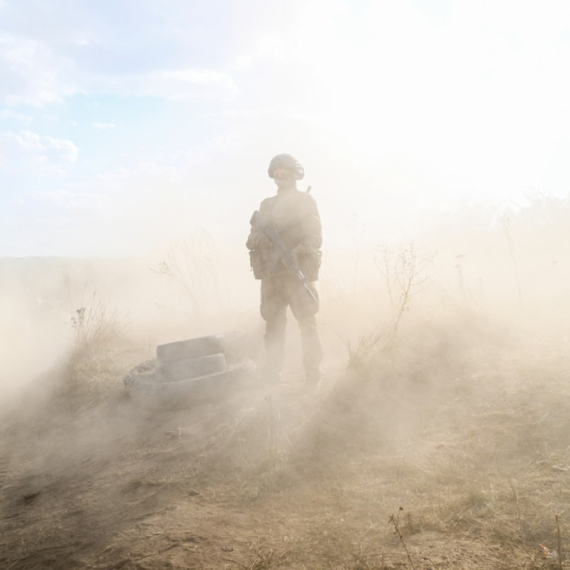
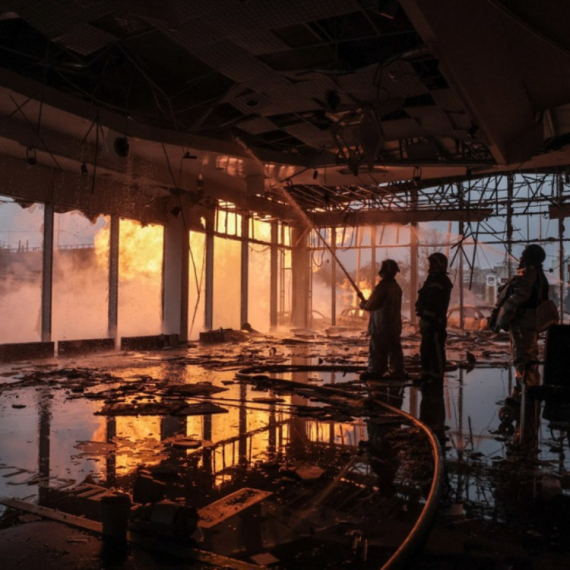
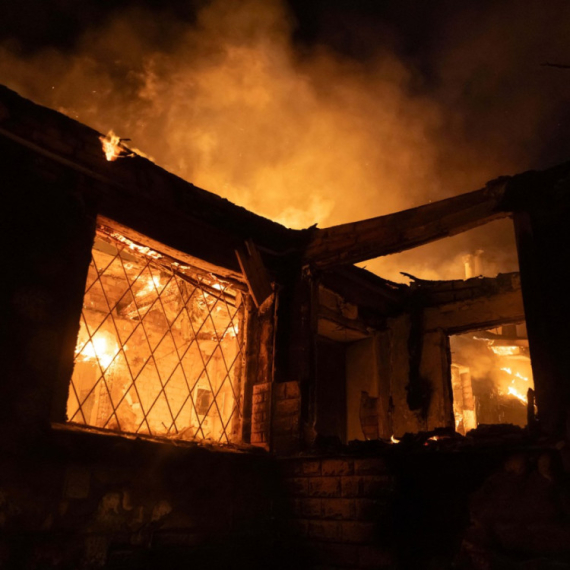









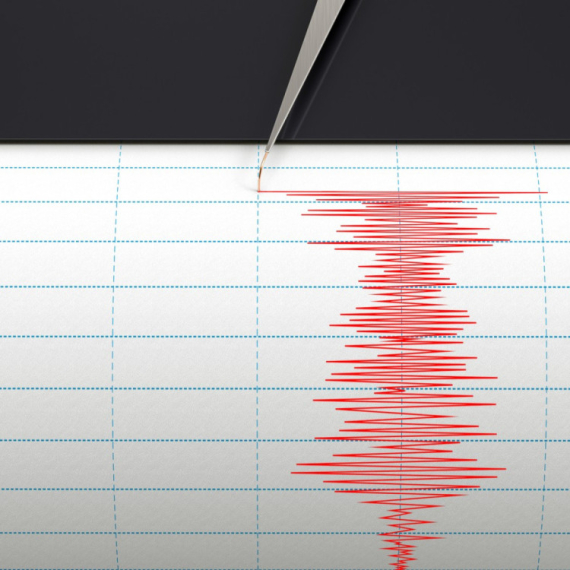














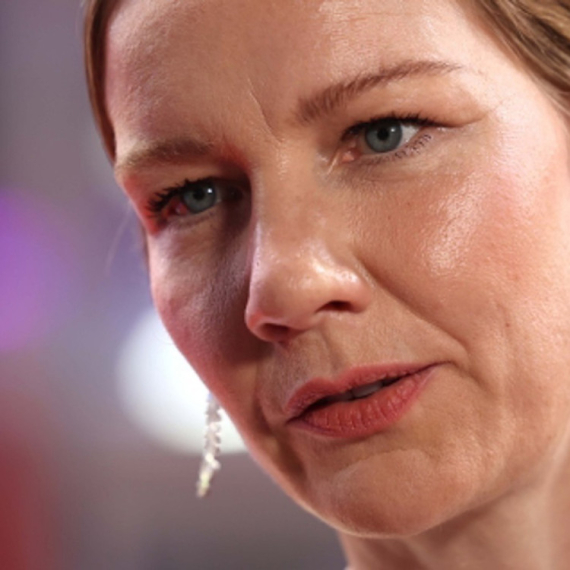





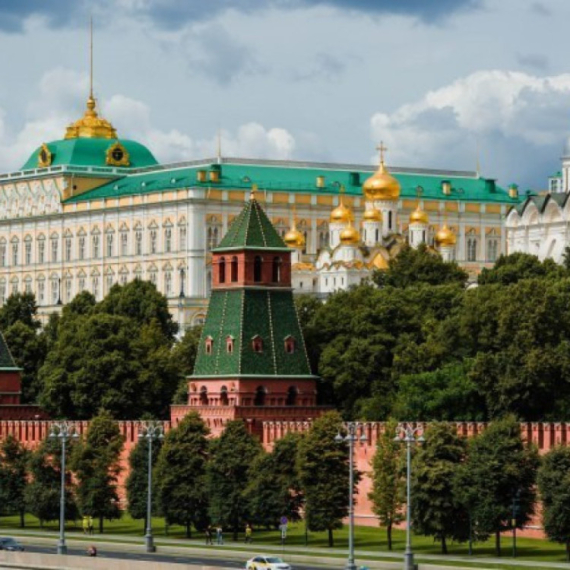













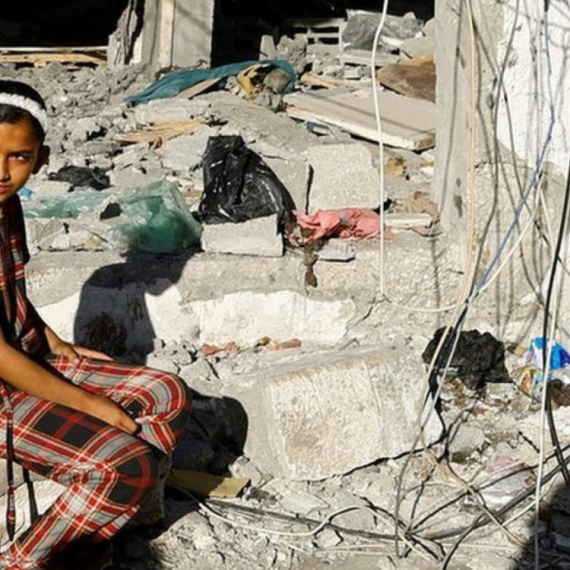

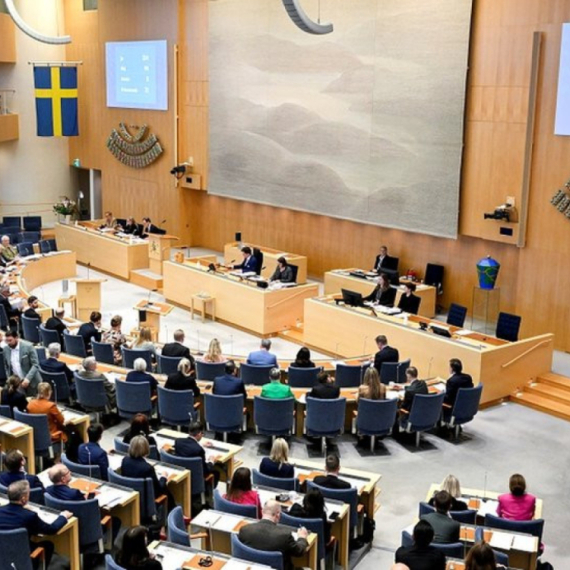



Komentari 35
Pogledaj komentare